There are several good options for preserving food for long-term storage, and each has its advantages and disadvantages. Dehydrating foods is one of the skills that you should acquire in the event that SHTF. Fruits, along with several other foods, are perfect candidates for dehydration.
There are several advantages to dehydrating foods for both homesteading and prepping purposes. The most obvious advantages, at least from a storage and survival point of view, are that dehydrated fruits take up very little space, pack a ton of nutrition in a handful of food, and is so light that it adds very little weight to your bug out bag.
You can, of course, buy freeze-dried fruits if you’re looking for lightweight foods, but it’s nearly impossible to make them at home. The equipment required is extremely expensive and the environment is difficult to duplicate.
Dehydrating is a good option to freeze-drying for home-preserving lightweight food.
The primary problem with dehydrating fruits is that if they’re left open to air, they will absorb moisture. Along with the moisture that they absorb and the sugar content of the fruit, dehydrated fruits are extremely susceptible to spoilage. There’s a few different fixes for that, though.
Choose and Prepare Your Fruits
The only fruit that doesn’t dehydrate well is avocados because of their high fat content. Otherwise, have a ball. Choose fruits that are ripe because as they dehydrate, all that delicious sugar will make the end product delicious. Unripe fruits can be bitter or tasteless when dehydrated.
To prepare your fruit for dehydrating, clean them, remove stems or leaves, peel them and slice them into small slivers when possible. The exception to this is citrus fruits. It’s best to slice them into wheels instead of peeling them. Though they may not be as tasty whey dehydrated, they are excellent to use as flavorings or in medicinal teas.
I like to spritz all off my fruits with lemon juice to add the extra preservation and vitamin C, but it’s critical that you do it with apples, peaches, apricots, bananas, and pears to keep them from oxidizing, thus turning brown. You can also soak them in a solution of ascorbic or citric acid. For the ascorbic acid, you don’t have to buy anything fancy. Just crush up 20 vitamin C tablets and dissolve them in 2 cups of water.
Don’t slice more fruit than you can dehydrate at one time because it will turn brown.
Another option is candying your fruits. This doesn’t work so well with bananas, at least for me, but it works for other fruits. Make a simple syrup of 1 cup sugar and 1 cup water (some people also add 1 cup of corn syrup), then blanch – simmer – the fruit slices in it for 10 minutes, then let it set for a half hour or so. Drain it well, rinse it, let it drain again, then dry it.
Methods of Dehydration
There are several different methods of dehydrating the fruit. The most important consideration is that the fruit needs to be thoroughly dehydrated before it starts to spoil or oxidize. This timeframe varies by the water content of the fruit, the humidity in the air, and the method of dehydration.
You want to remove as much water as possible. Your goal is 4 percent moisture or less. At this point, the fruit will snap when you try to bend it and will store for much longer than if you dehydrate it to that leathery state where the fruit is still pliable – at that point, it still has about 35 percent moisture. That’s not good for long-term storage.
You need three things to dehydrate food: dry air, movement to wick away the moisture, and heat that’s warm enough to draw out the moisture, but not so hot that it cooks the food.
Using a Dehydrator
If you have a food dehydrator, then great. It will work for now, but if you lose power, it won’t work. Until then, though, it’s an awesome tool. Drying times vary using dehydrators depending upon the wattage of the machine. How many trays you use alters the time, too. Or you can build one yourself, and read this Survivopedia article to find a few ideas that might work.
As a long-time dehydrator, I like to switch the trays around so that the food dries evenly. I also remove dehydrated fruit as it’s finished and consolidate trays. You don’t have to do that, but I like to get it done faster. No fruit should take more than 16 hours or so to dry.
Using the Oven
You can most certainly use your oven to dehydrate fruits. Lay the fruit out in a single layer on a cookie sheet and set the oven to its lowest setting, usually 150 degrees, and let the fruit dry. For apples, you may want to bump the temp up to 200 or 225.
After a few hours, check the fruit and flip the pieces over so that it dries evenly. Once it snaps when you try to bend it, it’s done.
Sun Drying
Sun drying isn’t that great for some foods because they require higher temperatures but it’s a good method for dehydrating fruits. You need warm weather – the temperature needs to be at least 85 degrees F and the humidity needs to be less than 60 percent.
You’ll need clean racks or screens to place the fruit on and to cover it with. I use screen-covered racks because then I don’t have to worry about bugs getting it from the top or the bottom, and I can flip it over so that each side is getting an equal amount of sun.
If you have a fan that you can place in front of it (without blowing sand or dirt over the food), then that’s great. Place the racks on cinder blocks, point the fan on it if you have one, and let the fruit dry.
Bring it in at night before the dew sets, and set it out as soon as the sun is out the next morning. You won’t be able to get the fruit past leathery using this method unless you live in an extremely dry, hot environment.
Extending Shelf Life of Dehydrated Fruits
Even though you’ve removed as much moisture from the fruit as you can, the problem is that there is more than 3 percent moisture in the air pretty much regardless of where you live. Your fruit will reabsorb that moisture and spoil.
In order to prevent that, you need to store your dehydrated fruit in an airtight container, preferably one in which as much air as possible has been removed. You have a few options. You can vacuum seal it using a home vacuum sealer, you can use Mylar bags, or you can dry-can them. Any of these methods will extend the life of your fruit by several months.
Vacuum sealing is good because it keeps the fruit lightweight. If you opt to do this, store the individual bags in a 5-gallon bucket in order to keep bugs and rodents from chewing through the bags. For directions on dry canning, check out our article here.
Rehydrating Fruits
Sure, your fruits are great to eat dehydrated as a snack, but you can also rehydrate them to use in recipes such as pies, sauces, baked goods or anything else that you want to make.
Essentially, you just need to reverse the process by soaking them in water. Different fruits require different times, but for some ideas, we go into a bit more detail here.
Dehydrating those delicious summer fruits is a great way to bring back a bite of summer when the snow gets deep and the days are cold. Because the heat is low during the process, much of the nutrition in the fruits is maintained. You can eat them dry or rehydrate them; it’s up to you.
If you’re a seasoned dehydrator and would like to add something, or if you’re new to the game and have questions, let us know in the comments section below.
This article has been written by Theresa Crouse for Survivopedia.


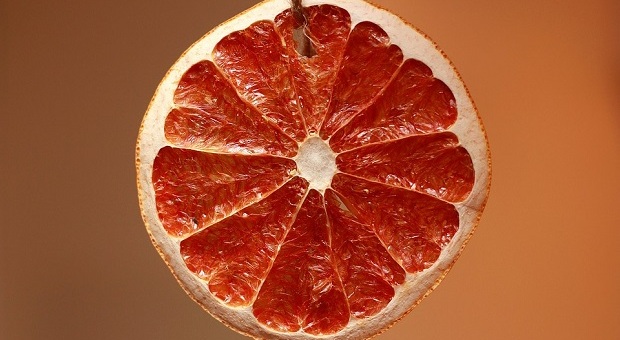
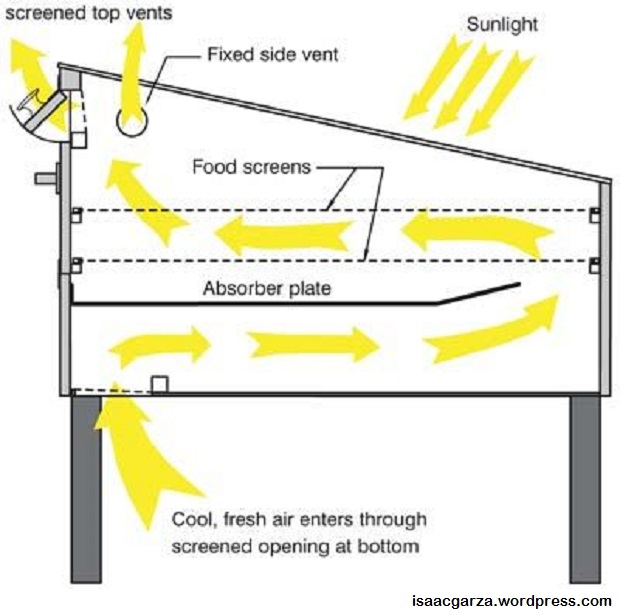
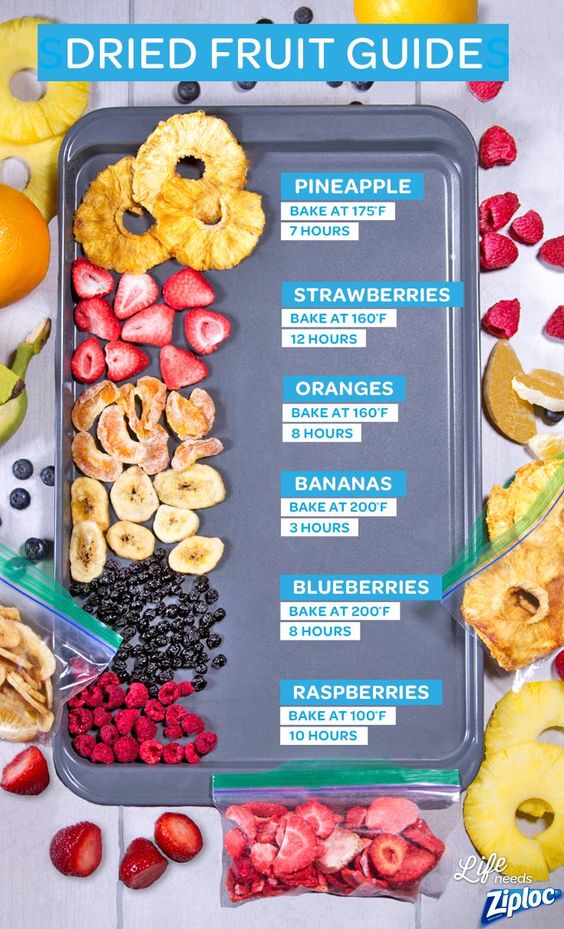


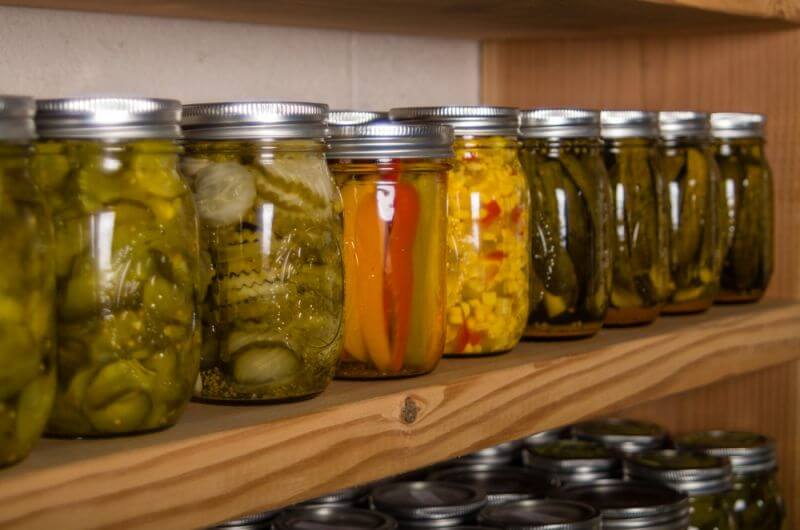
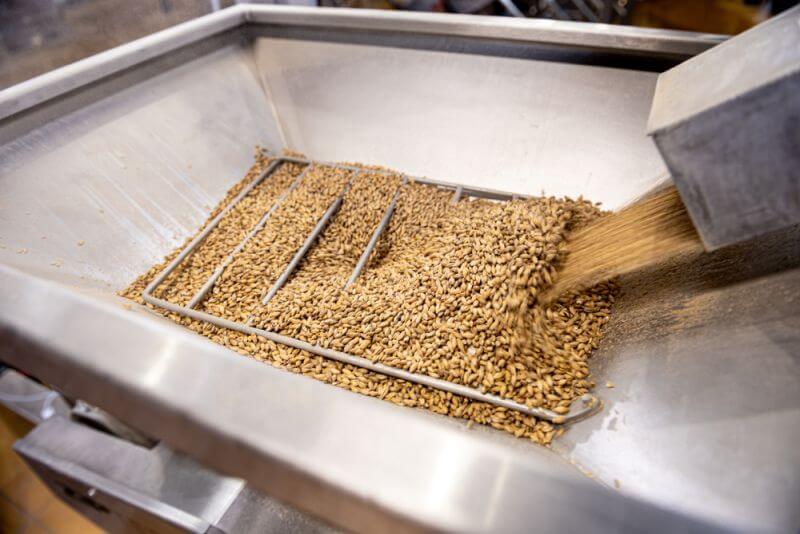
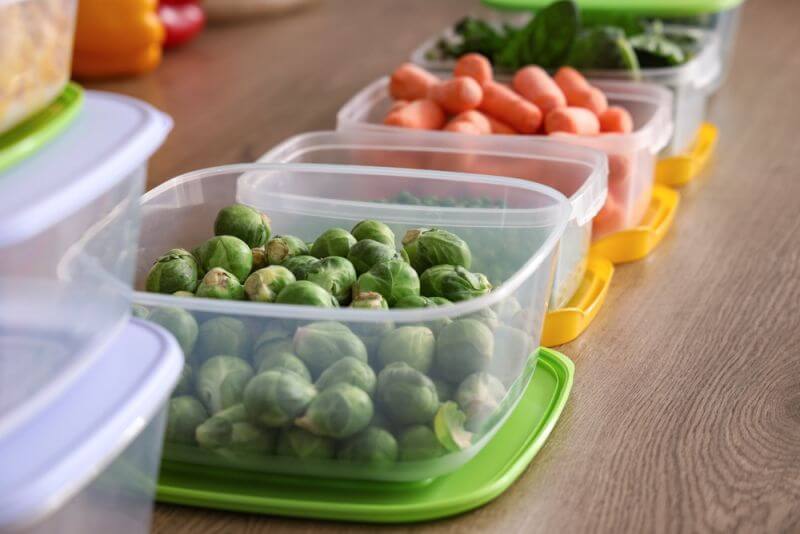

David Jacobs | September 2, 2016
|
Back in the 1940’s I lived with my grandparents. My grandmother would dry fruit, apples mainly. Her way was to use a white cotton cloth (a recycled flour bag) to dry the apples on. Put them out as soon as the sun got well up and take them in late each evenings. They lived far out in the country, no electricity, no close by towns. That was absolutely wonderful for apple pies each winter. Those days are gone forever.
RS | September 6, 2016
|
My Great Uncle told me stories of his years growing up in rural Oklahoma (1920’s).. He said they had several peach trees and would harvest the peaches, cut them in half and put them on top the barn to dry.. (he said the flies wouldn’t bother them that high off the ground).. Not sure about that…. once dried, they would take them down and store them (not sure where..) and in the winter, they were treated to peaches and fresh cream…
Pingback:Survival Pharmacy: 9 Ways To Use Ginger For Your Health | Survivopedia | February 12, 2018
|
Pingback:72-Hour Kit: What Food To Pack | Survivopedia | October 22, 2018
|
jay | February 9, 2020
|
I was reading and going through so many websites about dehydrating fruits and your’s is by far the best. Thanks for taking the time to write this out and explain in such detail what it takes to dry fruit for long period of time. I am a General Contractor and build log homes, but now since reading this I think I might be able to dry fruits just as good as building a home. Thanks again.
Alex | February 10, 2020
|
Thank you very much for your feedback, Jay!
Survivopedia team 🙂
Tiffany Starr | June 28, 2020
|
I have to agree. This was the best read I came across!
Cynthia | May 21, 2022
|
I dehydrated strawberries pineapple and bananas and putbthem in freezer baggies and in the refrigerator 2 weeks ago can i now put them in jars or mylar bags? I’m new at this